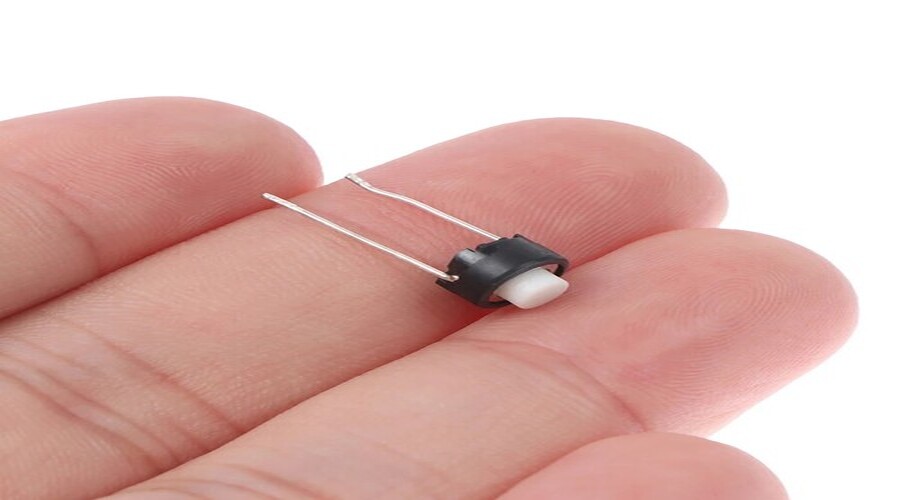
When tech jargon leaves you puzzled, let’s demystify: What does DIP switch stand for? Short for Dual In-Line Package switch, this compact component is a hardware engineer’s best friend for manual, no-nonsense device configuration. Here’s why its name matters—and how it transforms everyday tech.
Breaking Down the DIP Switch Acronym
The term “DIP” refers to the switch’s physical design: a Dual In-Line Package. This means two parallel rows of electrical pins anchor the switch to a circuit board, creating a stable, space-saving footprint. The “switch” part? A series of tiny toggles that let users set binary commands (ON/OFF) to control device behavior. Unlike cryptic software menus, DIP switches rely on tactile input—ideal for quick adjustments without booting up a system.
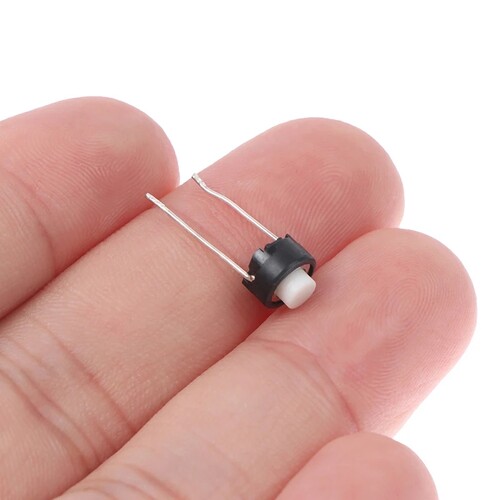
Where Simplicity Meets Critical Functionality
DIP switches thrive where software can’t. Imagine industrial HVAC systems: technicians use them to preset airflow parameters without risking firmware crashes. In retro gaming, enthusiasts flip DIP switches on arcade boards to adjust difficulty levels—no emulator required. Even modern car stereos hide these switches to reset factory settings, proving their timeless utility.
Why "DIP" Design Matters for Reliability
The Dual In-Line Package isn’t just about size—it’s about durability. By embedding switches directly onto boards, DIP switches resist dust, moisture, and vibrations that cripple touchscreens. Agricultural drones use them to recalibrate GPS modules mid-flight, while smart home hubs rely on them to assign Zigbee channels. This analog approach also thwarts cyberattacks, making DIP switches a go-to for secure access panels.
.jpg)
Beyond the Name: Future-Proof Tech
While “DIP switch” sounds vintage, its applications are cutting-edge. IoT developers embed them in sensors for fail-safe configurations before cloud syncing. Robotics labs use them to toggle between training and deployment modes. As industries blend analog and digital, DIP switches remain a bridge between human intuition and machine precision.
What Does a DIP Switch Stand For? It’s the backbone of hands-on control in a digital age. Whether you’re tweaking a prototype or fixing a factory line, remember: sometimes, the best solutions are the ones you can touch.
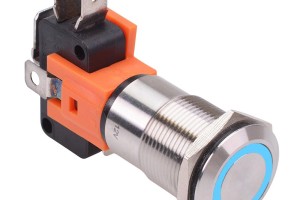
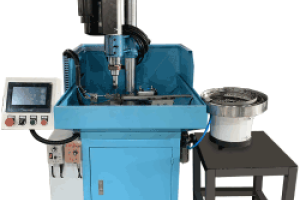
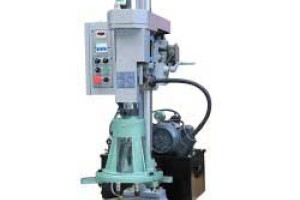
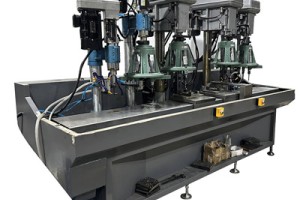

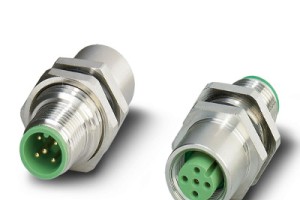
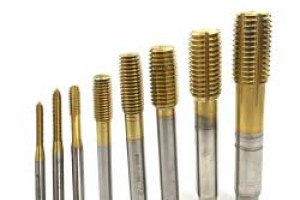
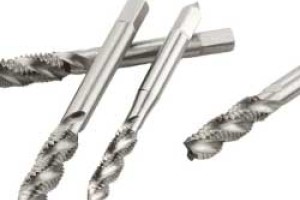
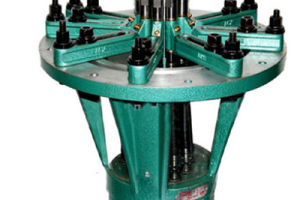
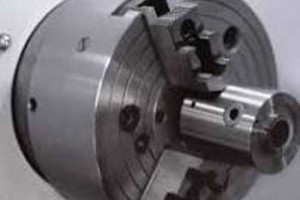
Leave a comment